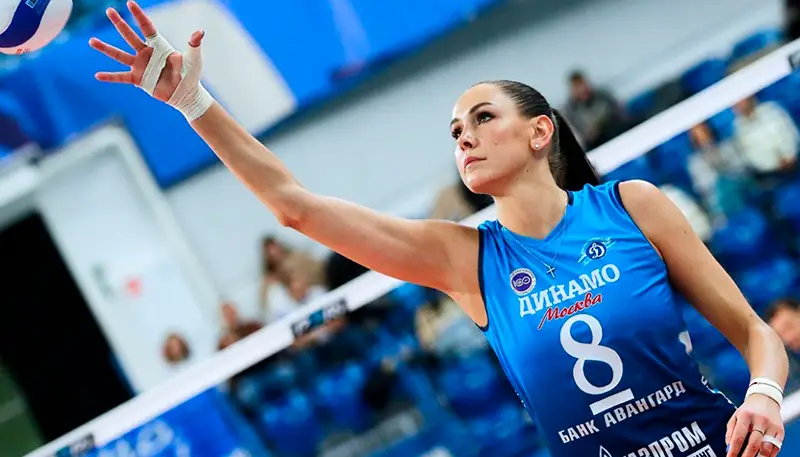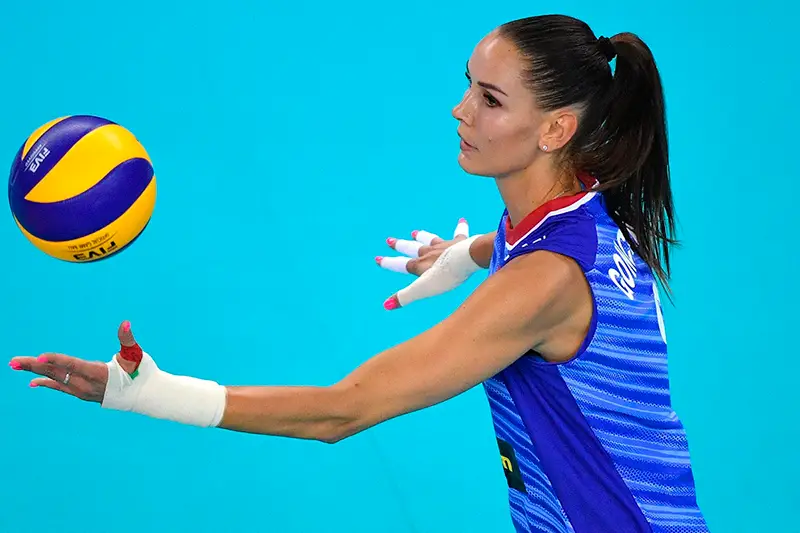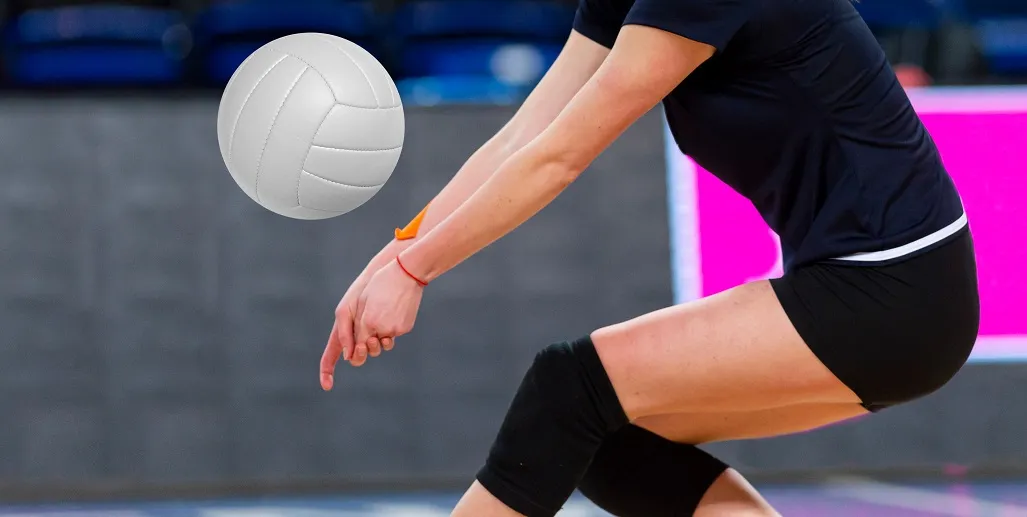Natalia Goncharova’s tall stature, powerful stroke and impeccable technique made her a volleyball player whose name is firmly associated with victories and records. The athlete proved that perseverance and professionalism can make history. On the court, she is an unstoppable attacker, the leader of Dynamo Moscow and a key player for the Russian national team. Her contribution to women’s volleyball can hardly be overestimated: numerous championship titles, individual honours and influence on a whole generation of young players. The biography of an outstanding personality is not just a list of achievements, but a story of strength, discipline and striving for excellence.
Biography of volleyball player Natalia Goncharova: the path to the top
The first step to sporting heights began long before the triumph. Volleyball player Natalia Goncharova, whose career impresses even experienced analysts, was born in Ukraine and already at a young age showed phenomenal data. Her childhood was spent in a sporting atmosphere: her parents supported her passion and her coaches recognised her outstanding potential.
Volleyball became more than just a hobby. Regular training, work on technique and physical fitness have shaped the style of the player, who today is considered one of the best in the world. His height of 196 cm, excellent jump and excellent reaction were the key factors that allowed him to quickly make a name for himself. In 2007, she joined Dynamo Moscow. This became the starting point in the career of a professional athlete.
Dynamo Moscow legend: the rise of her career
Moving to this club, Natalia Goncharova faced a completely different level of competition and responsibility. Here it was required not only to play consistently, but also to become a leader on the court.

Rapid skill development allowed him to become a key player for the team. Season after season, his efficiency grew, his attacks became more powerful and his role in the team became more significant. His club career includes many trophies. Among them are numerous victories in the Russian Championship, the National Cup and international tournaments.
The main test was participation in the final stages of major competitions, where the athlete demonstrated high performance. On the court one can feel confidence, teamwork and personal leadership. Today Dynamo Moscow is largely associated with volleyball player Natalia Goncharova, as her contribution to the team’s successes is undeniable.
Outstanding achievements and statistics
 The volleyball player’s career path includes years of hard work, victories and incredible sports records. Stability, powerful attacks and high game discipline allowed her to establish herself among the best forwards in Russia. She has repeatedly proved her skills in international arenas.
The volleyball player’s career path includes years of hard work, victories and incredible sports records. Stability, powerful attacks and high game discipline allowed her to establish herself among the best forwards in Russia. She has repeatedly proved her skills in international arenas.

Over the years of her professional career, the athlete has won many titles, among them:
- Russian Championship – repeated victories as part of the club “Dynamo Moscow”. Season after season the team became the champion of the country, and considerable merit in this belongs to Natalia Goncharova, who more than once was the leader in terms of points scored.
- Cup of Russia – participation in key matches of the tournament and constant getting into the symbolic teams of the best players of the season.
- Best attacker of tournaments – individual awards confirming the highest level of performance. Inclusion in the lists of the top attacking volleyball players of the season has become a usual practice.
- Eurocups – successful performances at the international level, where the volleyball player repeatedly showed her class against the strongest clubs in Europe.
- Participation in the Olympic Games – defending the colours of the Russian national team at major world competitions. Games against the strongest teams in the world require maximum dedication. High personal performance helps to achieve success. It is important to prove yourself in key matches.
Statistics and contribution to the game
Awards are just the tip of the iceberg. An athlete’s achievements can also be measured in numbers. Among the key statistical indicators:
- Average attack realisation percentage – the highest among forwards. In some seasons this indicator reached 50%. This indicates the highest efficiency of the game;
- the number of points per season is consistently at 500+, making her one of the top scorers in the national championship;
- the leader in eis – the ability to serve difficult balls, turning the serve into a powerful attacking weapon. It brings the team dozens of points each season;
- defence – despite her status as a forward, volleyball player Natalia Goncharova demonstrates high performance on the block and in reception;
All this makes the player an indispensable element of the team and explains her long-term leadership in Dynamo Moscow and the Russian national team.
Personality off the court
Off the court, Natalia Goncharova remains a person who inspires young players. Despite her busy schedule, she devotes time to self-development. She is interested in the psychology of sport, supports young sportswomen and shares her experience. Personal life remains a closed topic, but it is known that the priority has always been volleyball and career development.
Career outcomes and impact on women’s volleyball
Each generation of female athletes leaves its mark on history. Volleyball player Natalia Goncharova made a huge contribution to the popularisation of women’s volleyball. Her style of play, leadership qualities and unwavering confidence inspire future female athletes.
The main difference is her powerful attack, intuitive understanding of the game and ability to adapt to any opponent. Sports statistics confirms it: its stability over many seasons makes it the best in the history of Russian volleyball.
Conclusion
 The career path of volleyball player Natalia Goncharova is an example of outstanding professionalism, diligence and determination. Her huge contribution to the successes of Dynamo Moscow and the Russian national team, her leadership qualities and unrivalled skills make her a significant figure in the world of women’s volleyball.
The career path of volleyball player Natalia Goncharova is an example of outstanding professionalism, diligence and determination. Her huge contribution to the successes of Dynamo Moscow and the Russian national team, her leadership qualities and unrivalled skills make her a significant figure in the world of women’s volleyball.
Her story inspires the younger generation of female athletes – those who are just starting their journey into professional sport. Players like her are shaping the future of volleyball by setting high standards of excellence and professionalism.
 en
en  ru
ru  de
de  ar
ar  es
es  hi
hi  fr
fr  nl
nl  it
it  pt
pt  el
el 



